A matrix organization lies between a functional organizational structure and a project-based one; it involves the features of both types. Initially developed in the 1970s to address the complexities of large-scale projects, this structure has since become a popular framework in various industries, particularly in the technology, engineering, and healthcare sectors.
Unlike traditional hierarchical structures where employees report to a single manager, the matrix structure introduces multiple reporting lines, creating a networked environment where individuals collaborate across functional boundaries to achieve organizational goals.
The benefits of a matrix organization structure are manifold. Facilitating collaborations among departments helps spark new ideas and share knowledge. Moreover, it allows resource optimization as employees could be moved dynamically to tasks where they could apply their skills and expertise. Furthermore, the team structure facilitates a more wholesome approach to the organization’s goals because employees work together to achieve common objectives. Let’s learn more about matrix organicational structure in this blog post.
Also read: Which HR Roles are Most Likely to Be Replaced by AI?
What Is a Matrix Organizational Structure?
A matrix organization is a management method that integrates both functional and project-oriented approaches. The matrix structure involves dual reporting lines, where the staff members usually report to both a functional manager, who supervises their skills development in a specific department or discipline, and a project manager, who directs them to realize the project’s goals and deadlines. This twin reporting system provides for greater flexibility, intradepartmental collaboration, and swift management of ad hoc tasks.
In a matrix structure, the reporting relationships are formed in a grid or matrix-like pattern. Employees are simultaneously part of a function department (e.g., marketing, finance, engineering) and a project team. This mode makes it easy to identify the resources needed for each project to ensure compliance with project objectives. 84% of American workers are employed within organizations that utilize a “matrixed” work arrangement to varying degrees.
Also read: What Is a Chief People Officer? Role and Responsibilities
The matrix structure originated in the mid-20th century primarily because of escalating organizational complexity and the need to adapt to unpredictable market conditions. It was popular in the aerospace, defense, and construction industries, where projects often require different skill sets and multidisciplinary collaboration.
Also read: How to Get Started With a Career in HR: A Beginner’s Guide
Types of Matrix Structures
Let’s learn about the types of matrix organizational structures.
-
Weak Matrix
In a weak matrix structure, functional managers hold more power and authority over employees than project managers. Employees are primarily responsible to their functional managers, and they are temporarily assigned to projects while reporting to their functional department. This structure is suitable when projects are small or short-term and the functional departments need to maintain a high degree of control over resources.
Tech giant IBM employs a weak matrix structure, where functional managers have more authority over employees than project managers. Employees are primarily aligned with their functional departments (e.g., software development, hardware engineering, sales) and are assigned to projects as needed.
-
Balanced Matrix
In a balanced matrix structure, functional and project managers share equal power and authority over employees. Employees report to both their functional managers for functional guidance and their project managers for project-specific tasks and responsibilities. This structure is suitable when projects are equally important to the functional departments and a balance of power is necessary for effective coordination.
Procter & Gamble (P&G) uses a balanced matrix structure, where functional managers (e.g., marketing, research and development, operations) and project managers (for specific product lines or initiatives) share equal control over employees.
Also read: Insights for HR: How to Support HR Teams Through Downsizing Challenges
-
Strong Matrix
In a strong matrix structure, project managers hold more power and authority over employees than functional managers. Employees are primarily responsible to their project managers, and functional managers play a supporting role in providing specialized expertise and resources. This structure is suitable when projects are large, complex, long-term, and bring huge revenues for the organization.
Lockheed Martin, the defense contractor, utilizes a strong matrix structure, particularly for large-scale projects like developing new fighter jets or space systems. Project managers have significant authority over resources, while functional managers provide support and expertise.
Also read: Careers Spotlight: What Is an HR Generalist?
Benefits of a Matrix Organizational Structure
- Increased flexibility and adaptability to changing market conditions: The matrix structure allows for dynamic allocation of resources and personnel, enabling organizations to respond to shifts in market demands or project priorities swiftly.
- Improved project efficiency and faster decision-making: Dual reporting lines streamline decision-making, and projects benefit from the expertise of both functional and project managers. This leads to quicker resolutions and smoother project workflows.
- Enhanced communication and collaboration across departments: Matrix structures promote cross-functional collaboration as team members from different departments work together on projects. This leads to better communication and a deeper understanding of organizational objectives.
- Fosters innovation and knowledge sharing: By bringing together individuals with diverse skills and perspectives, matrix structures encourage innovation and creativity. The exchange of ideas across functional boundaries fosters a culture of continuous learning and improvement.
- Better utilization of employee skills and expertise: Employees in a matrix structure have the opportunity to contribute their skills to various projects, maximizing their potential and ensuring that their expertise is utilized effectively across different areas of the organization.
Also read: Essential Skills Every HR Professional Should Master
Challenges of a Matrix Organizational Structure
Despite the many benefits a matrix organization brings, challenges are present in every organizational framework. To combat these challenges, organizations must first identify them. Let’s delve into each one:
- Role Ambiguity and Confusion Due to Dual Reporting Lines
In a matrix structure, employees report to both functional managers (e.g., department heads) and project managers simultaneously. This can lead to confusion about roles, responsibilities, and priorities. Employees may find it challenging to understand to whom they should be primarily accountable, which can result in inefficiencies and conflicts.
- Potential for Power Struggles Between Functional and Project Managers
Matrix structures can create power struggles between functional managers who focus on long-term departmental goals and project managers who prioritize short-term project objectives. Conflicting priorities and decision-making authority can lead to tension and competition for resources, potentially hindering project execution.
- Increased Complexity in Communication and Decision-Making
With multiple reporting lines and stakeholders involved, communication channels become complex in a matrix structure. Decision-making processes may also become slow and cumbersome as various stakeholders need to be consulted or aligned, leading to delays in project execution and potentially impacting overall productivity.
- Risk of Employee Burnout Due to Competing Priorities
Employees in a matrix structure often juggle multiple projects or tasks simultaneously, leading to increased workload and pressure. The constant balancing act between fulfilling functional responsibilities and meeting project requirements can contribute to employee burnout, negatively impacting morale, productivity, and retention rates.
To address these challenges, organizations implementing matrix structures should focus on establishing clear communication channels, defining roles and responsibilities, providing adequate training and support for employees, fostering collaboration and teamwork across departments and projects, and implementing effective conflict resolution mechanisms. Additionally, regular performance evaluations and feedback sessions can help managers and employees more effectively navigate the complexities of a matrix structure.
Also read: Top 7 Productivity Hacks Used by Successful HR Leaders
Summing Up
In conclusion, the matrix organization offers a dynamic framework that blends functional and project-based hierarchies, allowing for increased flexibility and collaboration within organizations. Its various types cater to different needs, whether they are strong or weak matrix setups. This structure’s benefits include enhanced communication, specialized skill utilization, and efficient resource allocation. By leveraging the strengths of functional and project-based approaches, businesses can more readily adapt to complex challenges and capitalize on opportunities in today’s fast-paced environment.
Frequently Asked Questions
-
What role does leadership play in a matrix organization?
Leadership’s role in a matrix organization involves facilitating collaboration, resolving conflicts, and providing clear direction and priorities. It ensures that both project and functional objectives are met.
-
Can a matrix structure work for all types of organizations?
While matrix structures can be effective in many situations, they may not be suitable for every organization. Small organizations with simple structures or those with highly specialized functions may find them too complex. Before implementing a matrix structure, it’s essential to assess the organization’s needs and capabilities.
-
How can an organization transition to a matrix structure successfully?
A successful transition to a matrix structure requires careful planning, clear communication, and support from leadership. Key steps may include defining roles and responsibilities, establishing communication channels, providing training on matrix working principles, and addressing any cultural or organizational barriers to collaboration.
Subscribe To The Engagedly Newsletter































 Source: ClickUp
Source: ClickUp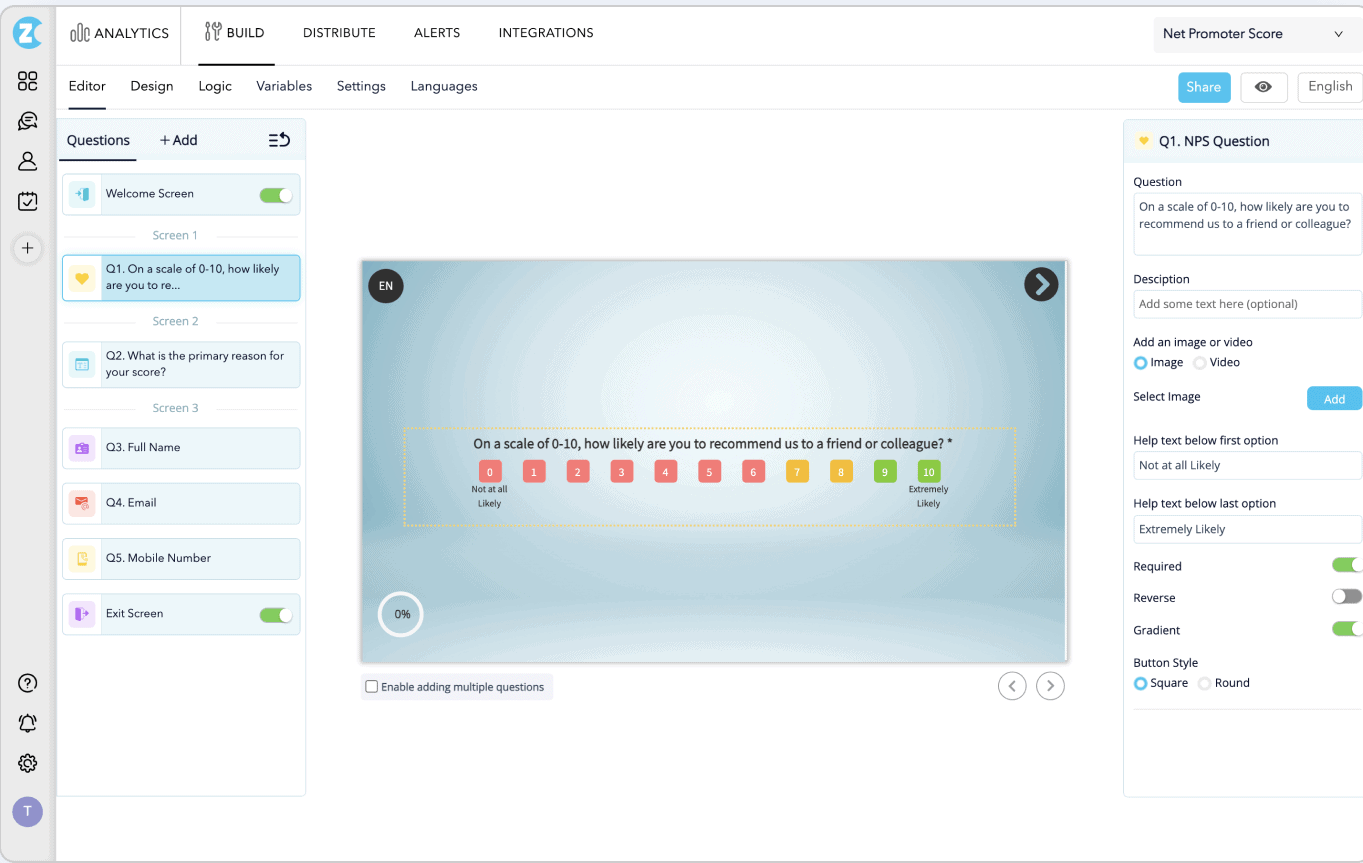 Source: Zonka
Source: Zonka Source: SocialStatus
Source: SocialStatus Source: HubSpot
Source: HubSpot Source: WordPress
Source: WordPress Source: Saleshandy
Source: Saleshandy Source: Social Pilot
Source: Social Pilot Source: GrowSurf
Source: GrowSurf
 Source: ProProfs
Source: ProProfs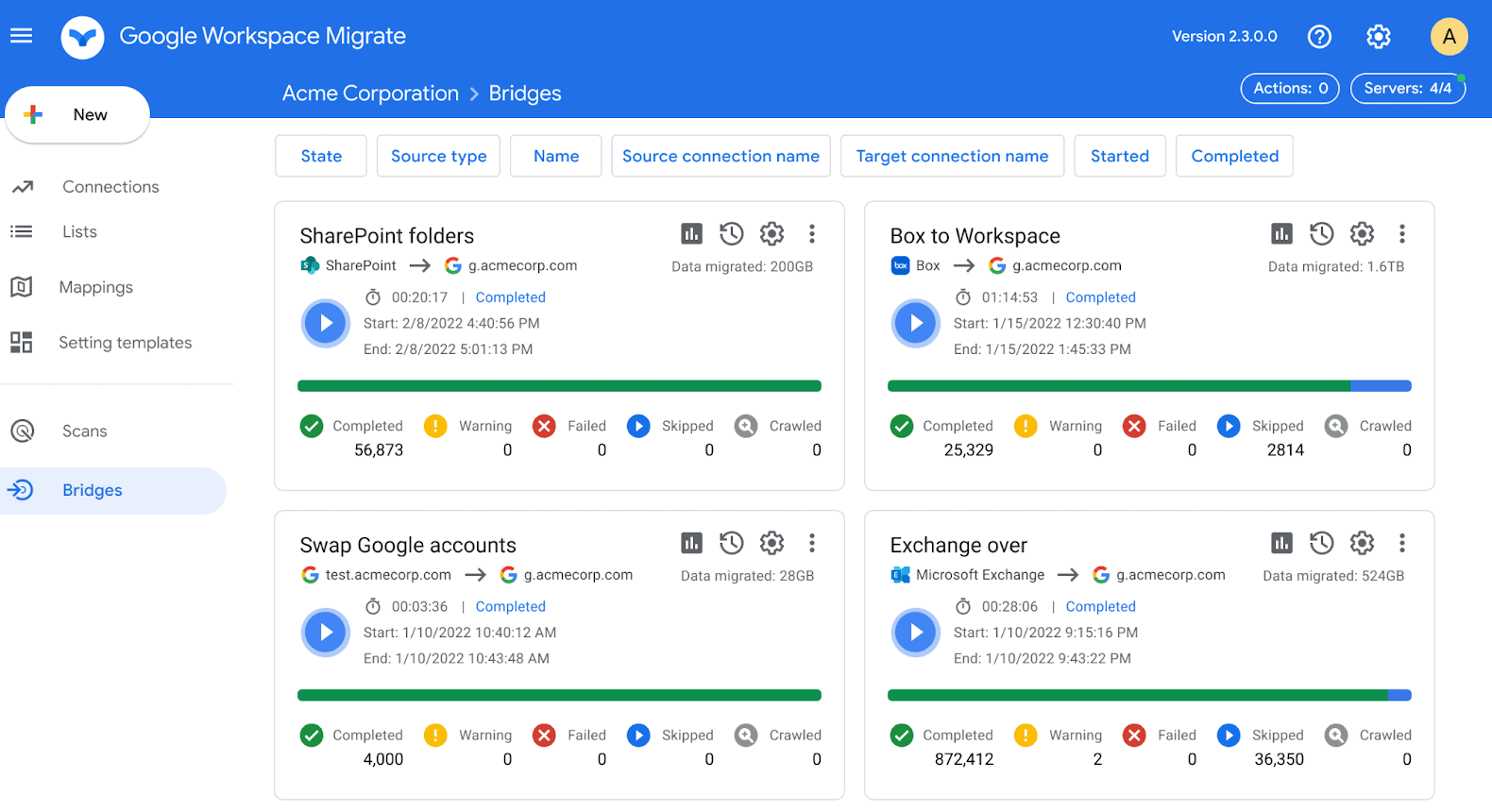
 Source: Fresh Books
Source: Fresh Books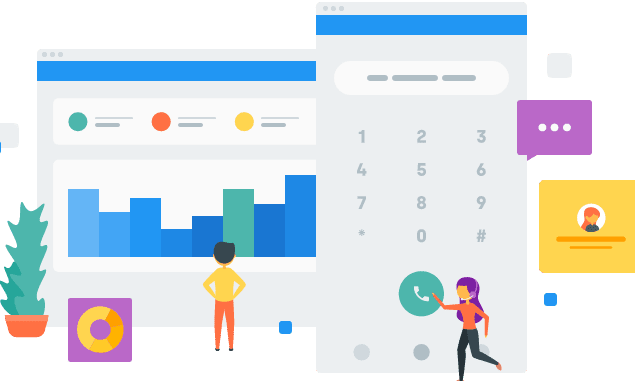 Source: CloudTalk
Source: CloudTalk








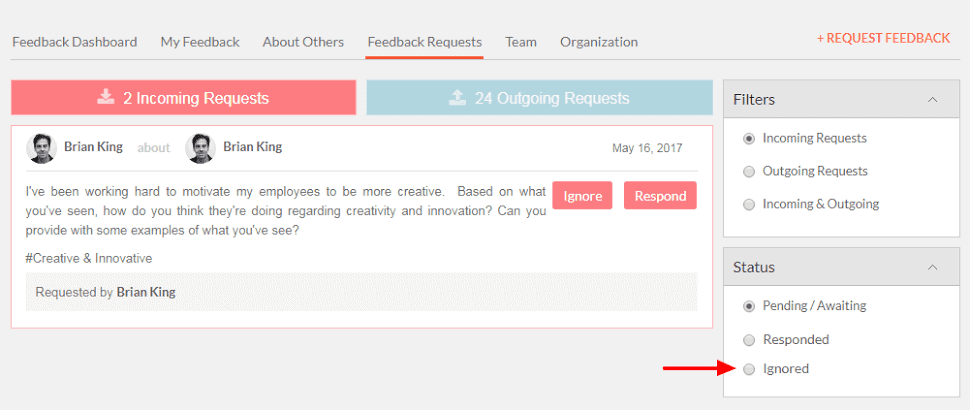

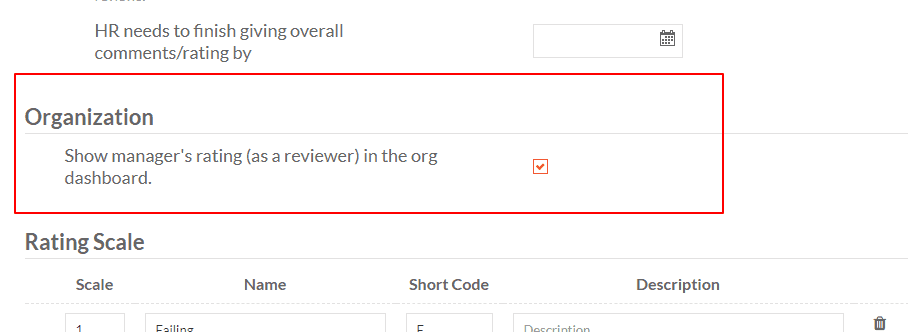







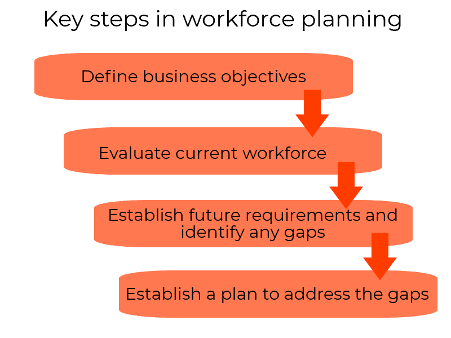



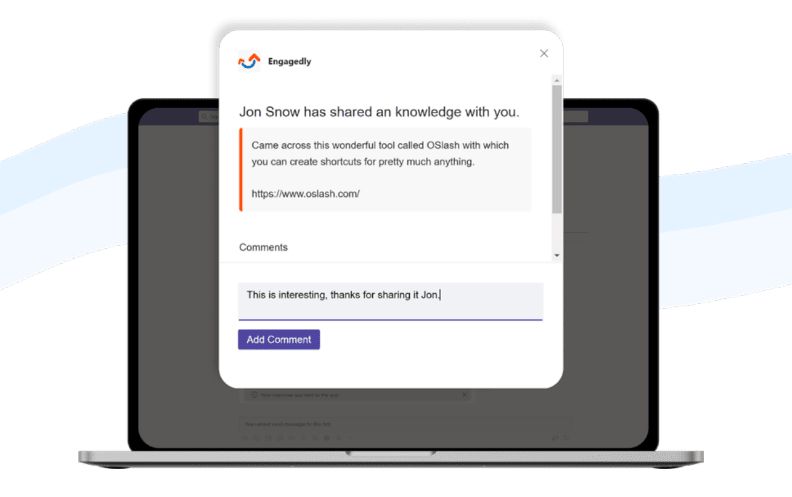
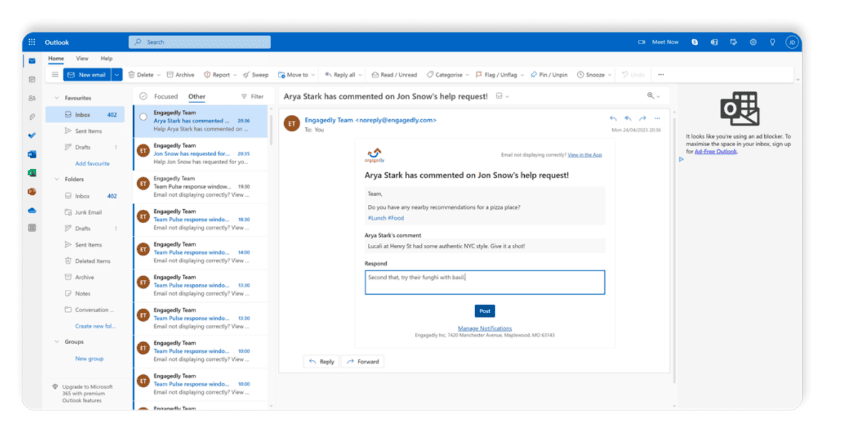 Engagedly’s platform for the social flow of work is intuitive and easy to use, so people can quickly get on board. The tool boosts
Engagedly’s platform for the social flow of work is intuitive and easy to use, so people can quickly get on board. The tool boosts 